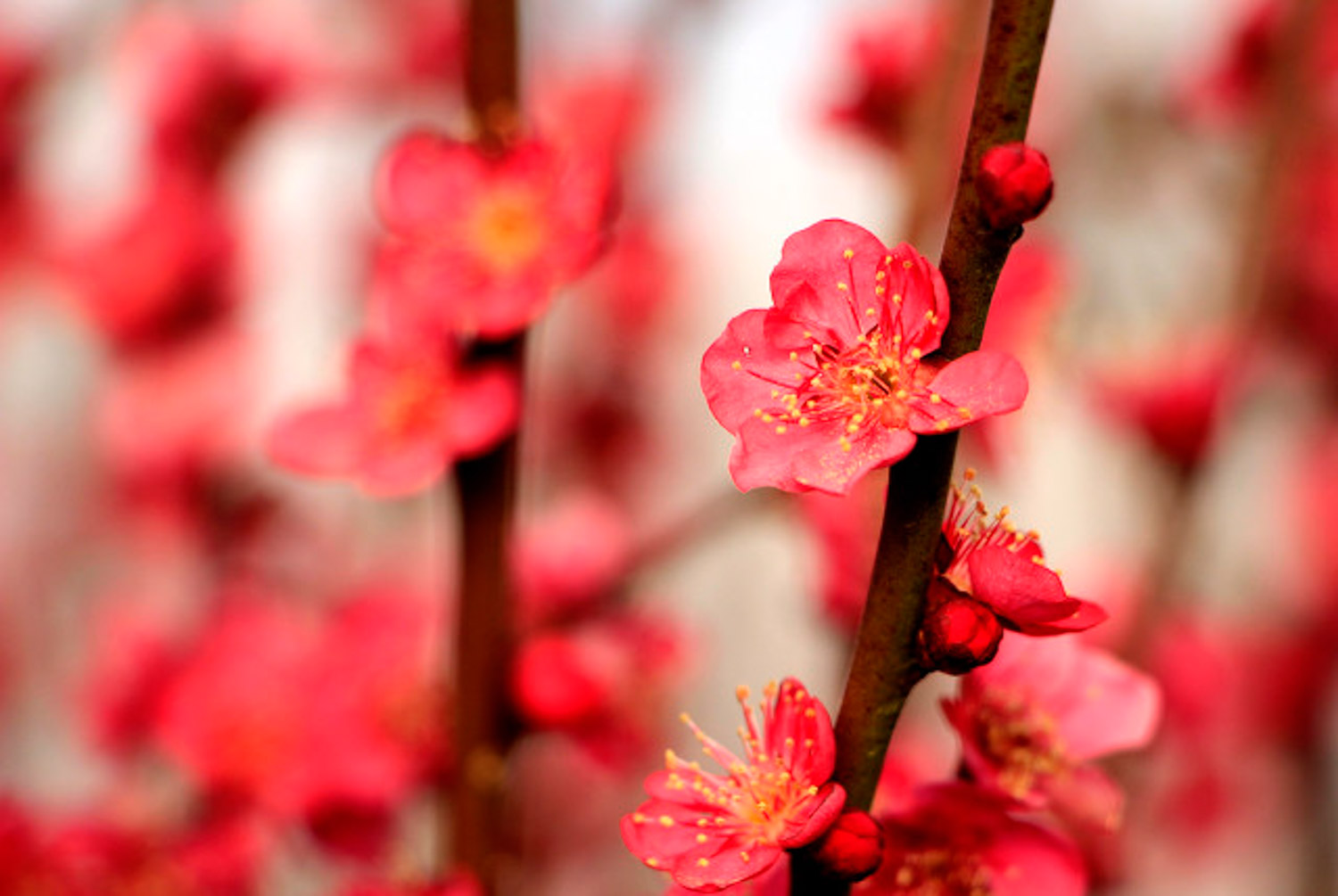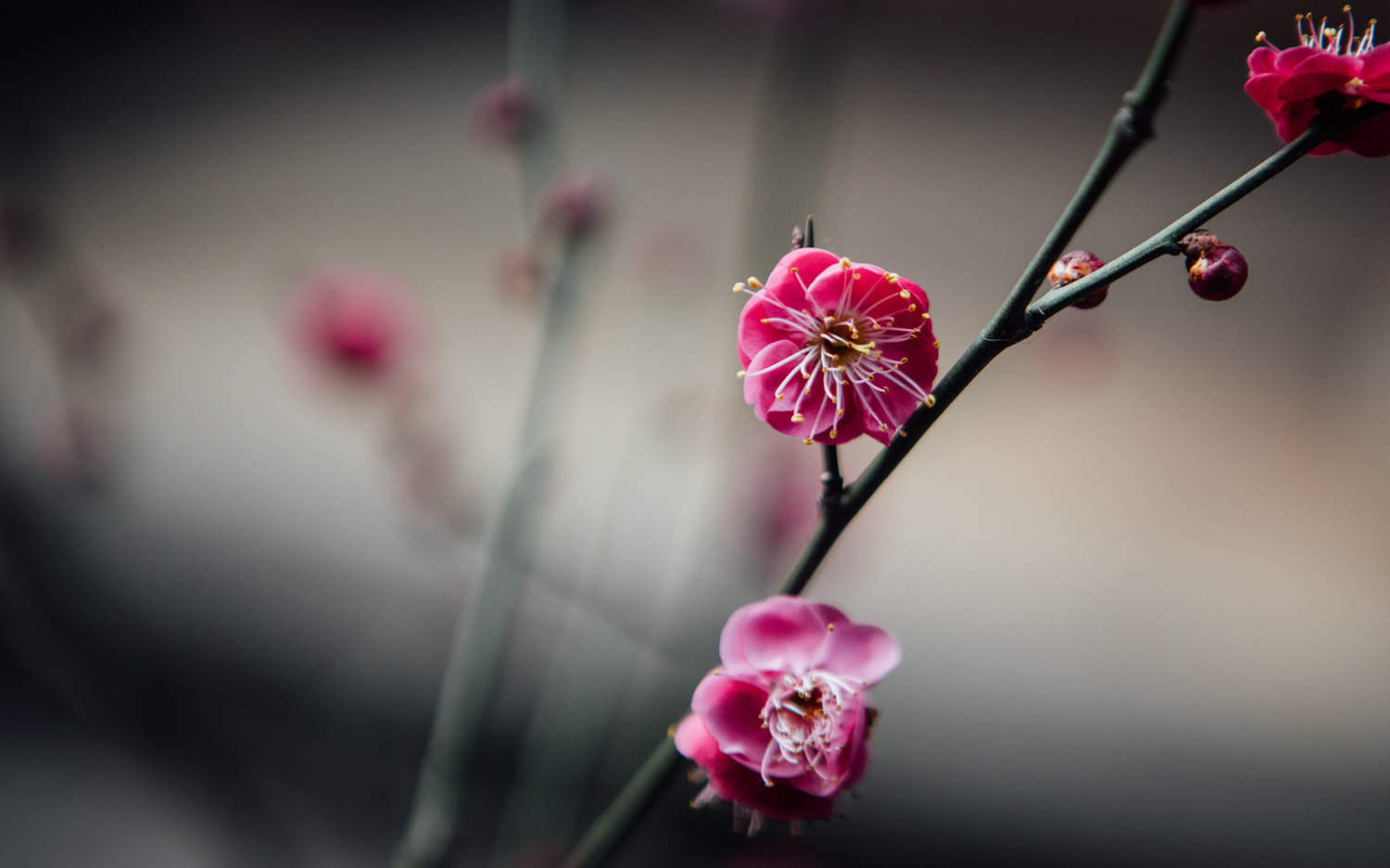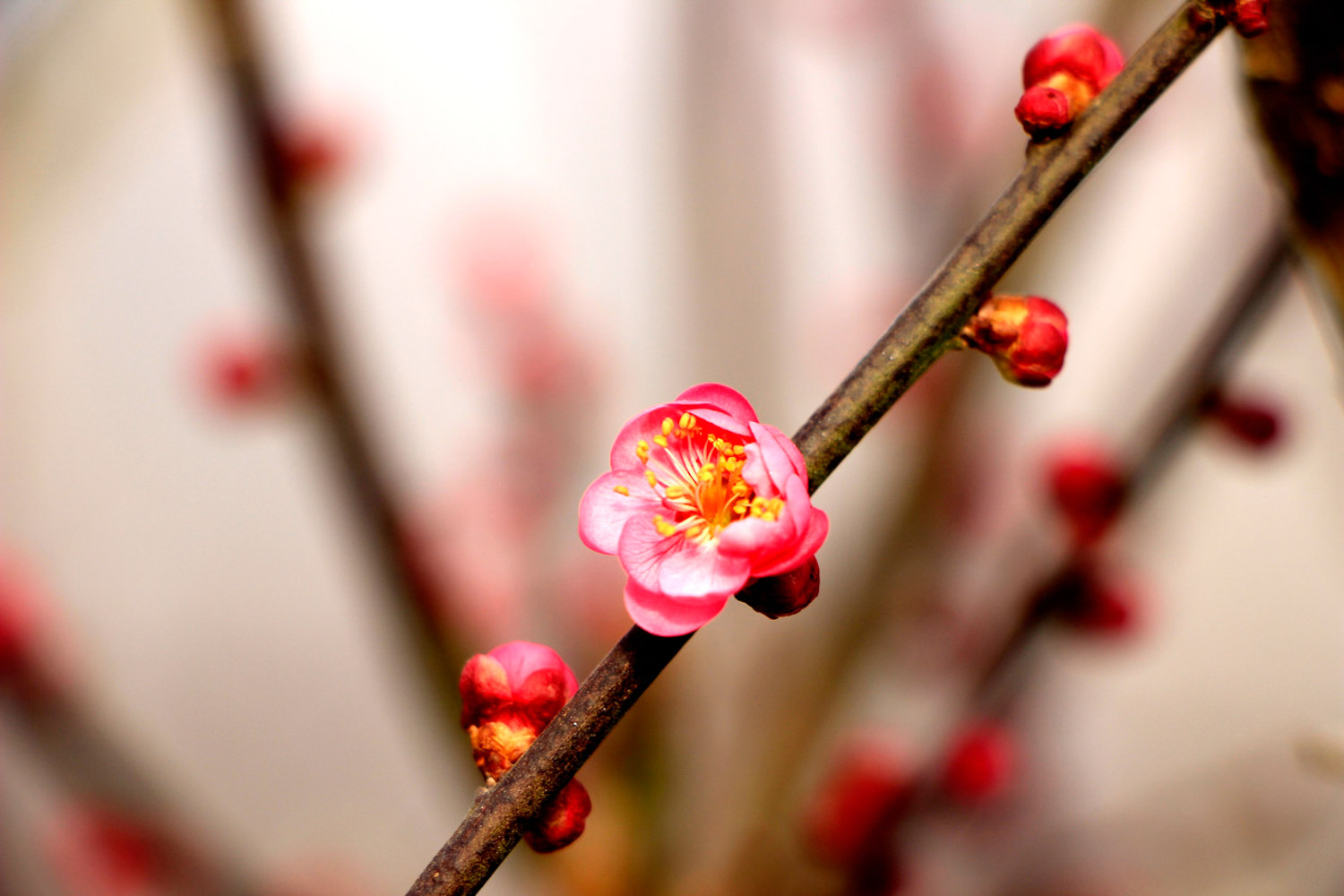1、 How to water
The demand for water of plum blossom is not very high. Usually, the soil should be kept slightly moist and cannot be watered too much. It can be watered once every 7-10 days. According to different environmental climate, the watering interval should be appropriately increased or reduced. For example, in rainy season, it is necessary to postpone the watering time and do a good job in drainage. If the temperature is high and the water evaporates quickly, it is necessary to water in advance to avoid too dry soil

2、 How to remedy excessive watering
1. Drain ponding: if the plum blossom is watered too much and ponding occurs in the basin soil, it must be drained at the first time. Of course, this also applies to potted plants placed outdoors in the rainy season, and the rainwater should also be discharged. This can prevent too much water from affecting the respiration of roots, thus affecting the growth and development of plants

2. Soil loosening and ventilation: in addition to drainage, loosen the soil for plum blossom and strengthen ventilation, so that the water in the soil can be added and evaporated. If the soil is wet for a long time, it is likely to breed bacteria. Good air circulation can also avoid the breeding of bacteria and reduce the possibility of root rot
3. Pot removal and root repair: if the ponding occurs for a period of time, or the pot soil is wet for a long time, which has led to the root decay, it is necessary to remove the pot and root repair. Take the plant out of the pot, drop some old soil and check the decay. Trim the rotten roots with sterilized scissors, apply carbendazim to disinfect them after inspection, wait for the wound to dry, and then replant it


 jackfruit
jackfruit snake plant
snake plant hibiscus
hibiscus hydrangea
hydrangea lavender
lavender Green roses climb al...
Green roses climb al... If you don't pay att...
If you don't pay att... Management of four g...
Management of four g...

































